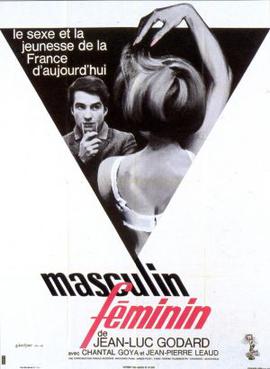Dave Bowman: Keir Dullea
Frank Poole: Gary Lockwood
HAL 9000: Douglas Rain (voice)
Director: Stanley Kubrick
Screenplay: Stanley Kubrick, Arthur C. Clarke
Based on a story by Arthur C. Clarke
Cinematography: Geoffrey Unsworth
Production design: Ernest Archer, Harry Lange, Anthony Masters
I know that I first saw
2001 on April 13, 1968, because that (as a little Googling tells me) was the date of the lunar eclipse I witnessed on leaving the theater in Boston, an appropriately cosmic climax to the cinematic experience I had just had. Kubrick's film
was an experience to be savored by those of us who were already hip to the revolution in American filmmaking underway after the sensation of
Bonnie and Clyde (Arthur Penn, 1967) and
The Graduate (Mike Nichols, 1967). I doubt that anyone who wasn't of an age to experience it realizes quite how revolutionary those movies seemed to us. Though it's conventional to say that our experiences were produced in part by controlled substances, anyone who really knows me knows that I wasn't under the influence of any substance stronger than beer. Today,
2001 doesn't seem much like a revolutionary film: We have lived through the actual 2001, which had its own epoch-making event in the September of that year, but in which no one was making trips to the moon on Pan Am. That airline went out of business in 1991, and the last real moon expedition, Apollo 17, took place in December 1972. But the future is never quite what it's cracked up to be. What was revolutionary about
2001 the movie is that it taught us how a movie can make us think without spelling out its ideas for us. Kubrick wisely whittled down the narrative given him by Arthur C. Clarke to a series of images, and ditched the score written by Alex North for an evocative set of snippets from classical works, letting us assemble any meaning to be derived from the film for ourselves. Of course, in 1968 we went back to our apartments and dorm rooms and did just that. Seeing it today, I am most struck by how skillful Kubrick was in creating the persona of HAL, the sentient computer. Much credit goes, of course, to the voiceover work of Douglas Rain, but also to Kubrick's choice to make the dialogue of the humans in the movie as banal and jargon-filled as possible. HAL's final pleading and breakdown as Dave pulls his memory chips is haunting. Yes, the movie has its longueurs: Kubrick is deservedly proud of its landmark special effects and spends more time than is necessary showing them off. They won him the film's only Oscar, without honoring the work of Douglas Trumbull and others who executed them. He was also nominated as director and as co-screenwriter with Clarke, and the art direction team received a nod, but the film was passed over for the significant work of cinematographer Geoffrey Unsworth, who was assisted by John Alcott, and for the sound crew headed by Winston Ryder. And it failed to receive a best picture nomination in the year when that award went to
Oliver! (Carol Reed, 1968). I happen to like
Oliver! and don't think it's necessarily one of the Academy's more shameful choices, but it's certainly not an epochal movie.









